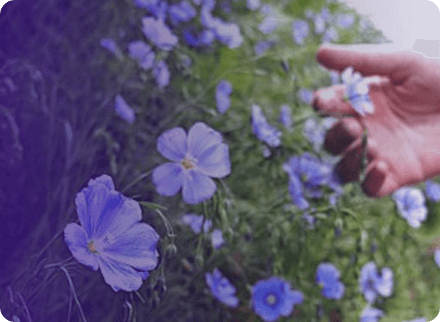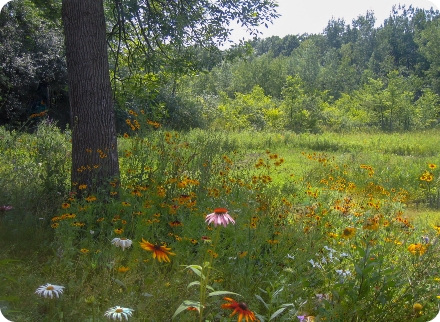- Advance Sale
Dahlia Decorative 'Arabian Night'
Dahlia Decorative 'Arabian Night'
 Yes!
This Item is Available
Yes!
This Item is Available
 Sorry!
This Item is not Available
Sorry!
This Item is not Available
Couldn't load pickup availability
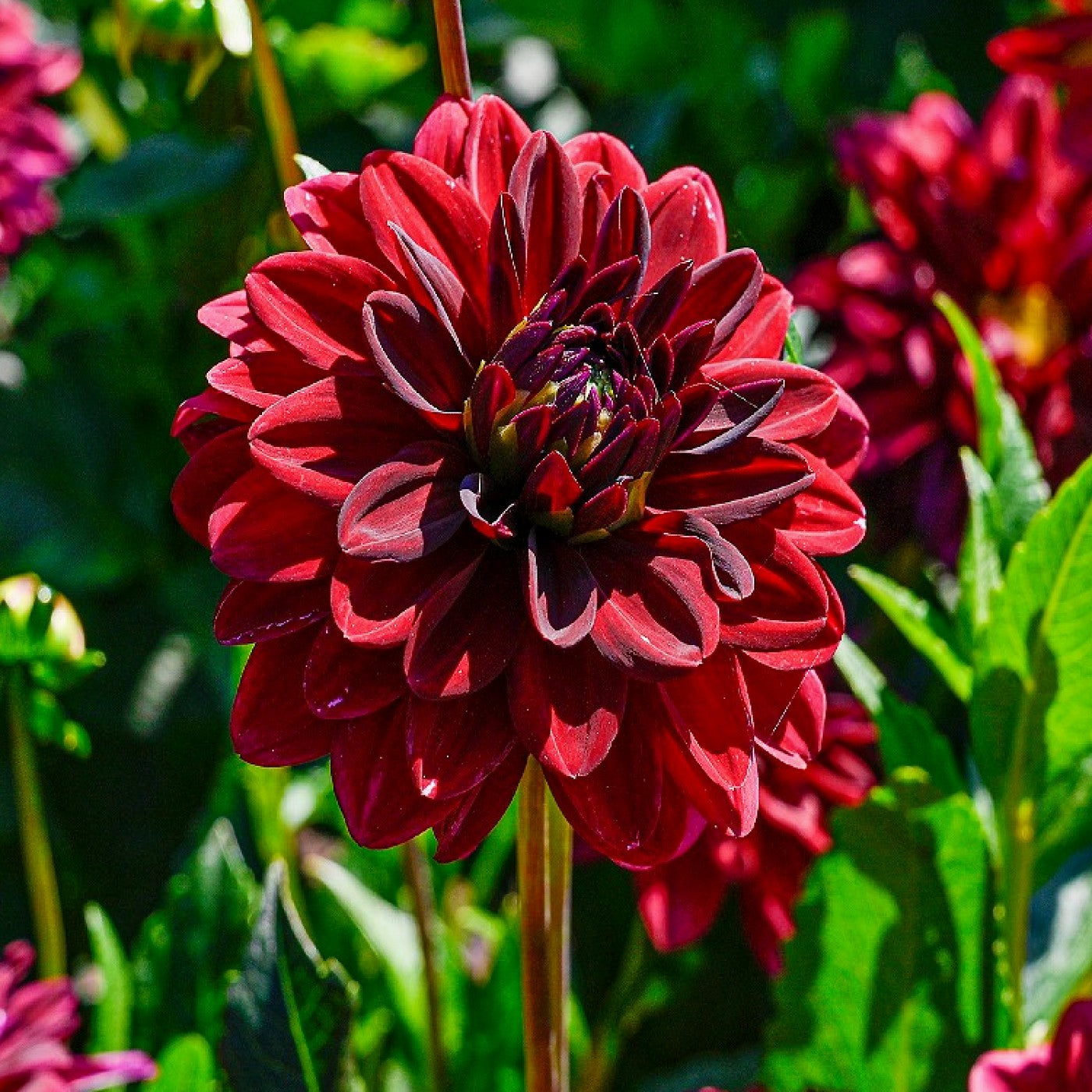
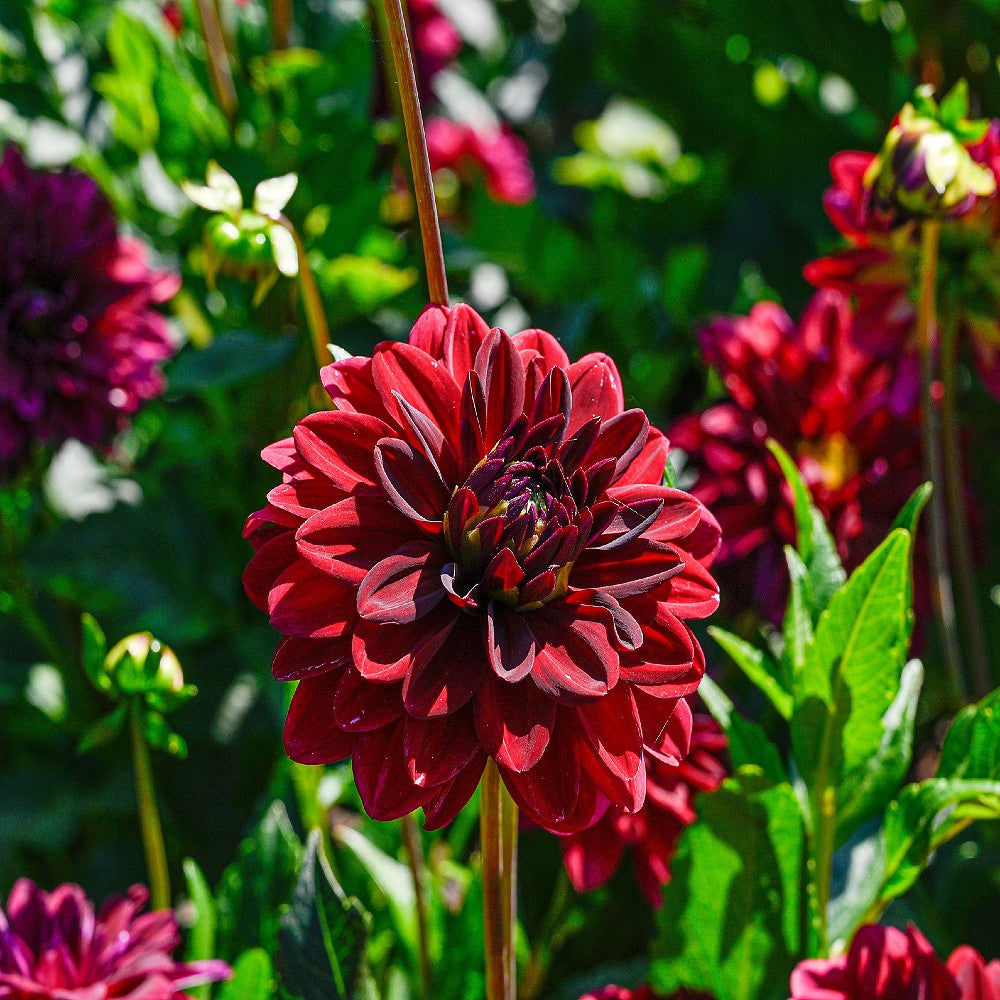
ADVANCE SALE - SHIPS SPRING 2025
Dahlia 'Arabian Night' Decorative
Ships As: 1 Package of 2 Bulbs, Tubers or Rhizomes - #1 Grade Clump
CHARACTERISTICS
Height: 35-40 Inches Flower Color: Deep Red, Almost Black Shades Hardiness Zone: 7,8,9,10 but can be grown in all zones Light Requirements: Full sun Partial Shade Bloom Time: Summer to Fall
TIPS & MAINTENANCE:
Dahlia plants grow and bloom best in full sun. Dahlias tolerate most soil types, but prefer a sandy, well drained, slightly acidic soil with a pH of 6.2- 6.5. If your soil is heavy or clay, adding sand and peat moss will help to lighten it. Water established Dahlias thoroughly and deeply once a week. Water more frequently if it's very hot. Dahlias in bud or bloom are heavy feeders, so you should begin feeding them monthly, beginning a month before they begin to set buds using a water soluble, 'bloom' type fertilizer.
Detailed Instructions
BULBS
Preparing Soil
Properly preparing the soil for bulb planting is important. Good soil drainage is essential in raising bulbs. If you have a soil with a high clay content, it can be improved by adding compost, peat moss or some other source of organic material. The organic material should be worked in the top twelve inches of soil (eighteen inches is even better).
Fertilization
Summer and fall flowering bulbs do not need additional fertilizer however you can fertilize monthly from shoot emergence until the plants reach full flower. Apply seven tablespoons of 10-10-10 soluble fertilizer (or equivalent bulb fertilizer) split over two or three applications over a ten square foot area. Once in full flower, no extra fertilization is necessary. The optimum pH range for bulbs is 6 to 7. If you are not sure of your soil, then a soil test of the planting area can be done to determine if lime needs to be applied to adjust the soil pH. If needed, limestone should be worked into the soil.Planting Location
Before selecting the location to plant bulbs in the landscape, consider the light requirements of the plant. Does the plant require full sunshine, partial shade or full shade? Many summer blooming bulbs require full sun or partial shade. Well drained soil is a must.Planting Depth
Planting depth for spring to summer bulbs have varied planting requirements. For planting depth of summer blooming bulbs, consult the information supplied with the bulbs.Watering
Water the bulbs following planting. This will help settle the soil in the planting bed plus provide needed moisture for the bulbs to start rooting. Avoid over-watering at planting time since this can result in bulb rot.For both spring and summer bulbs, start watering when the flower buds first appear on the plant if the soil is dry. Shallow watering will not do the job. Remember that the bulbs may have been planted 6 to 8 inches deep and the water needs to soak to that depth. Through the bud, bloom and early foliage stage, add about one inch of water per week if this amount has not been supplied from rainfall. Water with a soaker hose to keep water off the bloom. Shallow planted bulbs will rot quickly if over-watered in the heat of summer.
Staking
Some of the summer blooming bulbs like dahlias and gladiolus occasionally need extra support to be able to remain erect. Stakes will work for this purpose. Drive stakes in place at planting time to avoid accidental damage to the bulbs or tubers.Mulching
The bulb bed should be covered with two or three inches of mulch. Mulch will help minimize temperature fluctuation and maintain an optimal moisture level in the planting bed. The small, early booming bulbs should not be mulched.Storing bulbs until you can plant them safely after all chance of frost has passed!
You should wait until all chance of frost has passed and in colder areas that can be closer to the end of May. In the meantime, if you have received your bulbs, you must store them properly until planting. All bulbs should be kept dry and cool. You do not want them to sprout before planting. If they do, be very careful not to break the sprouts or the bulb will no longer be any good. Make sure your cool place is not a freezing place. If you are still having cold weather don’t store them where the temperature dips below 32 degrees. Ideally,35-45 degrees is best. Each type of spring planted bulb (summer blooming) has it’s requirement for storage. See our easy storing chart for proper temps. Dahlias – between 35- and 45-degrees Gladiolus – between 35 and 45 degrees Lilies – between 35 and 45 degrees Calla Lily – around 65 degrees Canna Lily – around 50 degrees Perennials – between 35 and 45 degrees (cool is better – but do not allow to freeze)Digging and Storing Summer Bulbs at the end of your season!
Most summer flowering bulbs should be dug and stored when the leaves on the plants turn yellow. Use a spading fork to lift the bulbs from the ground. Wash off any soil that clings to the bulbs, except for bulbs that are stored in pots or with the soil around them. Leave the soil on begonia, canna, caladium, dahlias, Store these bulbs in clumps on a slightly moistened layer of peat moss or sawdust in a cool place. Wash and separate them just before re-planting. Store bulbs according to our easy storage temperature guide. Inspect your bulbs for signs of disease. Keep only large, healthy bulbs that are firm and free of spots. Discard undersized bulbs. If you have only a few bulbs, you can keep them in paper bags hung by strings from the ceiling or wall. Store large numbers of bulbs on trays with screen bottoms. Separate your bulbs by species or variety before storing them.Be sure that air can circulate around your stored bulbs. Never store bulbs more than two or three layers deep. Deep piles of bulbs generate heat and decay.
Common Questions
What are spring planting bulbs?
Spring planting bulbs are bulbs that should be planted in the spring and bloom in the summer. The number of spring bulbs is quite extensive, but the most popular varieties include gladiolus, begonias, dahlias, lilies, freesia, anemone, tigridia, acidanthera, montbretia, sparaxis, iris, brodea, liatris, and callas. These bulbs and tubers generally originated from the sub-tropical regions of the world such as South Africa and South America. Therefore, they like warm temperatures and humid conditions and are usually not winter hardy.What should I look for when buying spring planting bulbs?
In general, look for firm and healthy bulbs. Bulbs that are mushy usually have not been kept in a cool dry place and will rot and therefore not flower. When buying tubers, look for tubers with 3 to 5 eyes and initial root formation.When should I plant my bulbs?
Spring planting, summer flowering bulbs and tubers can be planted in the spring when you are certain the ground will no longer freeze in your area. This may be up until the end of May depending on your area.How deep should I plant spring planting bulbs?
The rule of thumb is to plant the bulb or tuber about 5 inches deep. Exceptions include Dahlias and Begonias which should be planted just beneath the surface.How far apart do I plant spring planting bulbs?
For smaller varieties,4 inches is a good interval,5 inches apart for gladiolus and 10 inches for begonias. Lilies should be about 12 inches apart and dahlias as much as 16 inches apart. For uninterrupted color, they can be planted even closer together.What do I do after my bulbs have bloomed?
Once your bulbs have finished blooming, they can often be used again the following year. With the exception of lilies, the bulbs have to be taken out of the ground if it freezes in your area during the winter. If it does freeze in your area, let the leaves die down naturally, then dig up the bulbs and store in a cool dry place and replant the following spring.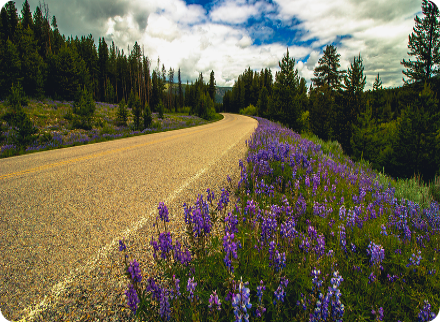
We offer CUSTOM Seed Mixes for All Your Projects!
We've got you COVERED for Landscape
Management, Conservation & More!
